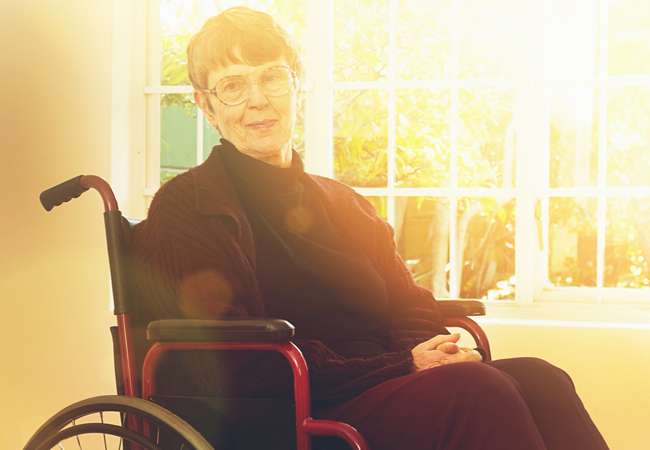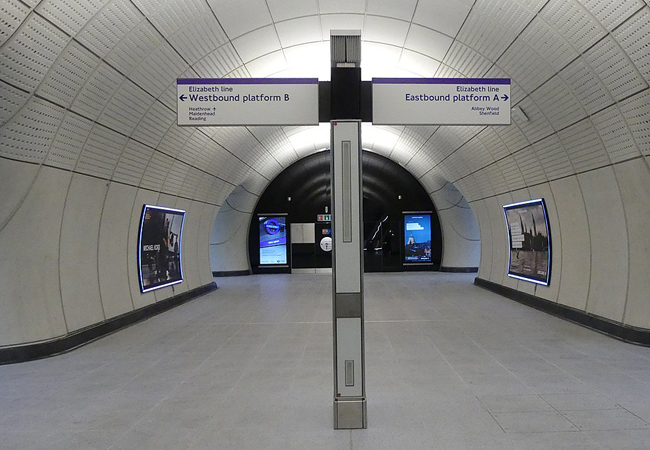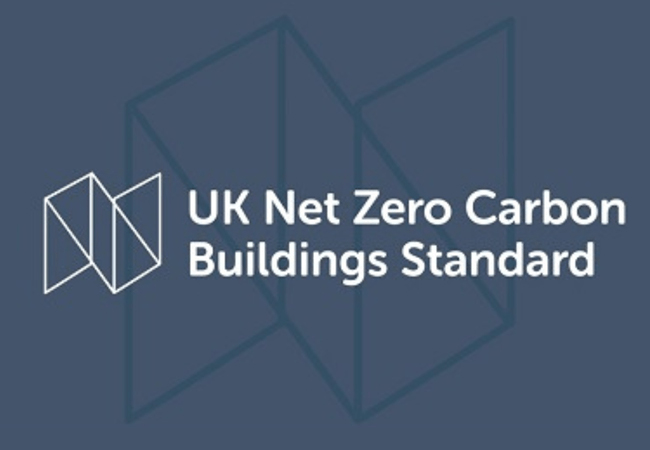
Overheating is a low priority in care homes
A perfect storm of technical, economic, and cultural factors is causing alarming levels of overheating in homes, according to speakers at a recent Edge debate.
Professor Kevin Lomas FCIBSE, from Loughborough University, said the rise in overheating has been caused partly by the move towards airtight, insulated homes.
He said other factors included: urbanisation; climate change; cost-cutting; an ageing population; and cultural factors that mean people are failing to understand how to avoid overheating. ‘Construction firms aren’t very good at designing to avoid overheating and SAP doesn’t do a tremendously good job,’ Lomas added.
In the debate Overheating in UK buildings – a disaster waiting to happen?, Professor Rajat Gupta, of Oxford Brookes University, reported on overheating in care homes. He found a lack of heat management and a low prioritisation of climate change in briefing and design. He said: ‘There is a need to monitor indoor and outdoor temperature in care settings, and feed back to management, care staff and residents.’
Professor Fionn Stevenson, of the University of Sheffield, revealed that residents in a recent 1960s retrofit were overheating because of poor design and guidance. She found that only 9% used the mechanical extract ventilation continuously, and many were wedging front doors open to keep cool. She said: ‘Inhabitants are really good at learning together, if you give them the chance to adapt, but designers have to give them the opportunities.’ Residents learned socially by disseminating information on overheating across a residents’ Facebook group, she added.
The talks are based on papers in a Building Research and Information Journal special issue.
It was written because of the Greater London Authority’s requirement to carry out in-depth thermal analysis of all new developments, using criteria in TM52 The limits of thermal comfort: avoiding overheating in European buildings and TM49 Design Summer Years for London. However, the requirement left a lot of room for misinterpretation, said Dr Anastasia Mylona, CIBSE research manager. ‘We put our experience together to come up with a robust process for describing overheating criteria, occupancy profiles, internal gains, window description and operation,’ she added. The methodology has been tested by 14 consultancies in live projects, and will be made available to bidders for the Department for Communities and Local Government’s overheating research project. Key elements of the methodology according to Anastasia Mylona. It will:CIBSE to launch new overheating guide
A detailed process for assessing overheating in homes during the design stage will be launched by CIBSE in April. Methodology for the assessment of overheating in homes using dynamic thermal simulation – a technical memorandum (TM) by a team from CIBSE, Arup, Inkling and Aecom – is to be used with dynamic simulation software.




